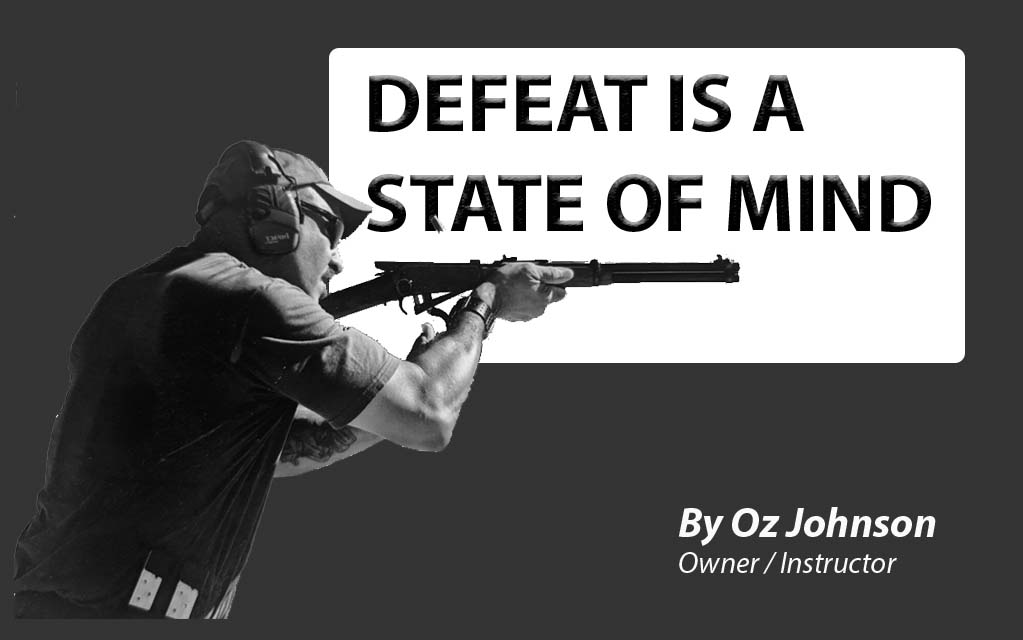Every round I fire at the range benefits me.
Sport shooters differ from those training for self-defense. As a sport shooter, your commitment varies based on your goals. If you shoot for relaxation or pleasure, you might not aim to perfect the skill. Conversely, if you compete, you will invest more time and effort into honing it.
My expertise covers using firearms for self-defense. Not everyone sees a firearm this way, but if you need protection, you will use it. So, sticking with the sport shooters for a minute, why wouldn’t you also train for self-defense? Not many people are going to own firearms and not use them if the scenario called for that level of protection.
If you own a firearm, for whatever reason, do not discount the fact that it might come into play one day. So, train for that purpose. Sport shooting is fun, self-defense shooting can be lifesaving.
The other firearm owner feels safer just by owning a firearm. While ownership may increase safety slightly, does it truly ensure security?
Owning a firearm alone does not ensure safety. It is a tool that requires proper knowledge, maintenance, and stress management to be effective. The effectiveness of the tool depends on your understanding of it. Experienced users often have valuable tips and techniques for proficient use.
Understanding the dynamics of a self-defense incident is crucial to knowing how to train for self-defense. Proper training not only gives you confidence if such an incident occurred, but it should teach you control techniques also. The hardest thing about being involved in a shooting is control.
When discussing control with my students, I use the term “Assess” to encapsulate its range of meanings. During drills or actual incidents, it is crucial to continuously evaluate the environment. Situations can evolve rapidly, requiring prompt adaptation to prevent potentially severe consequences.
Effective training involves continuous assessment. For instance, if I set up an exercise where your gun empties after two shots but you need to fire three, you should assess the scenario as you reload. Situations can change, and a third shot may no longer be needed.
Do not shoot if the assailant has dropped their weapon and surrendered; it is no longer self-defense.
Assessing involves determining if my shots were effective. Once the threat is neutralized, no more rounds should be fired. In real-life scenarios, hitting every shot is not easy, so firing extra shots risks endangering innocent people.
When discussing the responsibility of being accountable for every round fired from a gun, I mention a scenario where a crowd is being protected from several terrorists. If one of the rounds misses and accidentally kills a young child, the individual responsible will not be considered a hero and may face legal consequences, potentially including imprisonment.
If you own a firearm and might use it for self-defense, ensure you train properly. Improper handling can lead to serious legal issues. Always be aware of where your firearm is pointing to avoid charges of aggravated assault, endangerment, or reckless display.
I am passionate about firearms training for self-defense. This is not suitable for everyone. Some people cannot ensure safety despite training, but proper training can prevent accidents.
If you own a firearm for self-defense, ensure you are prepared to use it. The gun does not make you safer; your preparedness does. If you are new to self-defense, consider trying it out regardless of firearm ownership. Rentals are available, at least they are at Johnson Group Tactical.
Make a commitment to your safety and to the safety of the ones you love. Put another tool on your belt of protection.
NEVER STOP TRAINING!
For any questions regarding my article, please email me at
JohnsonGroupTAC@gmail.com
Oz Johnson/Lead Instructor, NRA Certified
J-G-T.com
602-448-8283 / 602-410-7355





